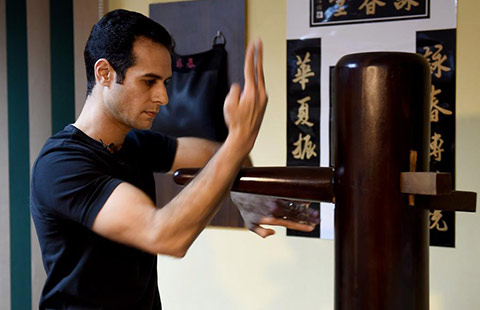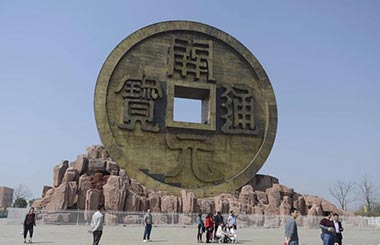The right lessons
By Mei Jia ( China Daily ) Updated: 2016-03-09 08:23:08
 |
|
US author Mark Ferrara offers in his new book a comparative study on higher education in China and the United States.[Photo provided to China Daily] |
The country's various educational institutions hosted 85,000 students from more than 175 countries in 2002, and in 2004, the number was 110,000. It grew to nearly 250,000 in 2008.
"By 2007, China had become the fifth-ranked destination for international students as a result of educational reforms and increased interest in the Chinese language and culture worldwide."
The number of American students studying in China increased more than fivefold between 2000 and 2010, Ferrara writes in his new book.
The author compared China and the US because the countries are the world's two largest economies and have delivered higher education to a large number of students. In addition, they have shared "more political and economic interests" in recent years than was possible in the earlier decades.
In his book, which has a cover that presents a combination image of Harbin Engineering University today and a 1951 photo of Colorado State College of Education on fire, Ferrara examines the origins and development of modern universities in both countries and proposes to restore the "American palace".
"I wrote to alert readers to signs of decay in the American academia at a moment when countries around the globe are successfully investing in higher education to create economic growth and shared national prosperity," he says.
Ferrara is frank in saying that he uses China as a foil to show problems with the US' higher learning today. But he details key Chinese programs and the five-year plans in education, in an objective way to make Chinese readers understand his comparative study.
His book also offers his opinion on Chinese higher education. He believes Chinese educators are slowly learning how to teach their students to be more creative, and that Chinese education is deeply rooted in humanistic traditions while in the US he sees diminishing interest in humanities.
|
|
|
|
|
|
|
|





















 Raymond Zhou:
Raymond Zhou: Pauline D Loh:
Pauline D Loh: Hot Pot
Hot Pot Eco China
Eco China China Dream
China Dream China Face
China Face






